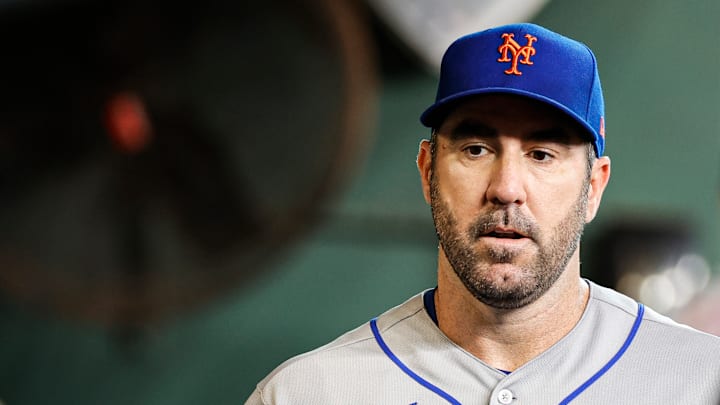Miami Marlins: A-
The young Miami Marlins are in position for their first wild card berth since the 2020 Covid shortended season. First year manager, Skip Schumaker has the young club playing well, and GM Kim Ng saw her opportunity and made a flurry of moves at the deadline.
The first notable one was the acquisition of reliever David Robertson, as she partnered with the rival Mets to put together that trade I mentioned earlier. Next, was a savvy move for the power-hitting Jake Burger from the White Sox in exchange for promising left-handed starter Jake Eder.
Then Ng went and got some more power for the lineup in the form of Josh Bell for Jean Segura (who has already been released) and Kahlil Watson. Bell has always been a super streaky hitter, so if he can get hot for Miami down the stretch this could be a real steal for the Marlins.
Because of the acquisition of Bell, that made Braves killer, Garrett Cooper expendable, so he was shipped to San Diego in exchange for relief pitcher Ryan Weathers. The Marlins have played well all year so it was nice to see Ng reward the team and go out and get some reinforcements.
Conclusion
Of course all of these grades is a toss up at the moment. Any one of these prospects traded away, or acquired could turn into a future MVP. Even the ones that are thought to be mid-level prospects at best. Of course in that instance you can argue for a much different grade.
Unfortunately, we can’t see into the future so for now I just tried my best to evaluate these trades on their face value at the moment. That being said I’m sure each of the Braves rival fanbases’ will let me know what a homer and bias grader I am.
